Annotated Bibliography: Price, Demand, and Profit in Business
VerifiedAdded on 2020/03/07
|6
|898
|30
Annotated Bibliography
AI Summary
This annotated bibliography examines the complex relationship between price changes, demand, and profitability in a business context. It analyzes five sources, including a newspaper article, peer-reviewed articles, and online articles, to explore whether dropping prices always leads to increased demand and higher profits. The sources cover various aspects, such as the impact of oil prices, broadband services, commodity price speculation, and the pricing strategies of companies like Apple. The bibliography highlights the importance of considering factors beyond the demand curve, such as market dynamics and consumer behavior, when making pricing decisions. The findings suggest that while price reductions can sometimes boost demand, they do not always guarantee increased profitability. This annotated bibliography provides a comprehensive overview of the topic, offering valuable insights for understanding the nuances of pricing strategies in different market scenarios.
1 out of 6
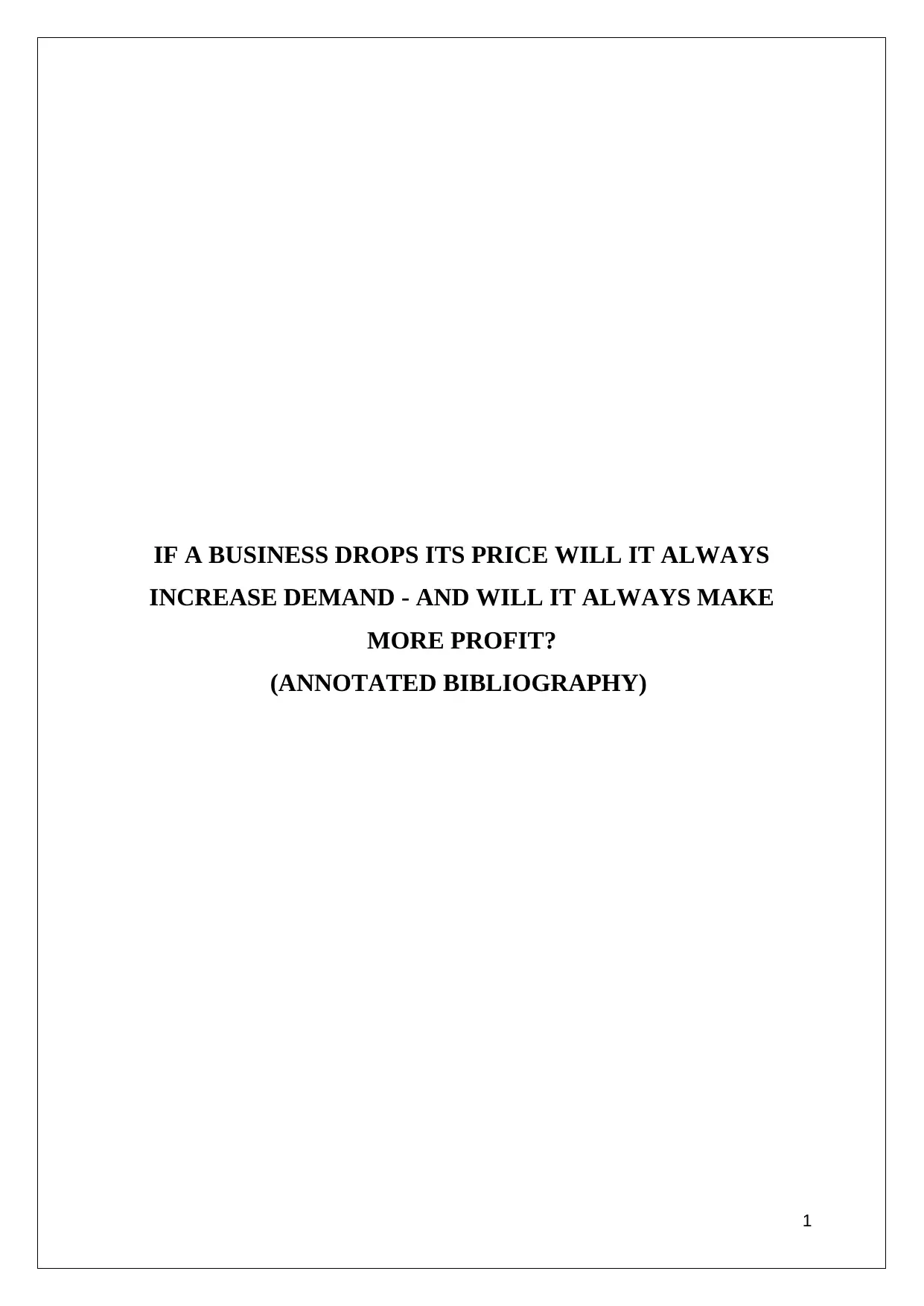
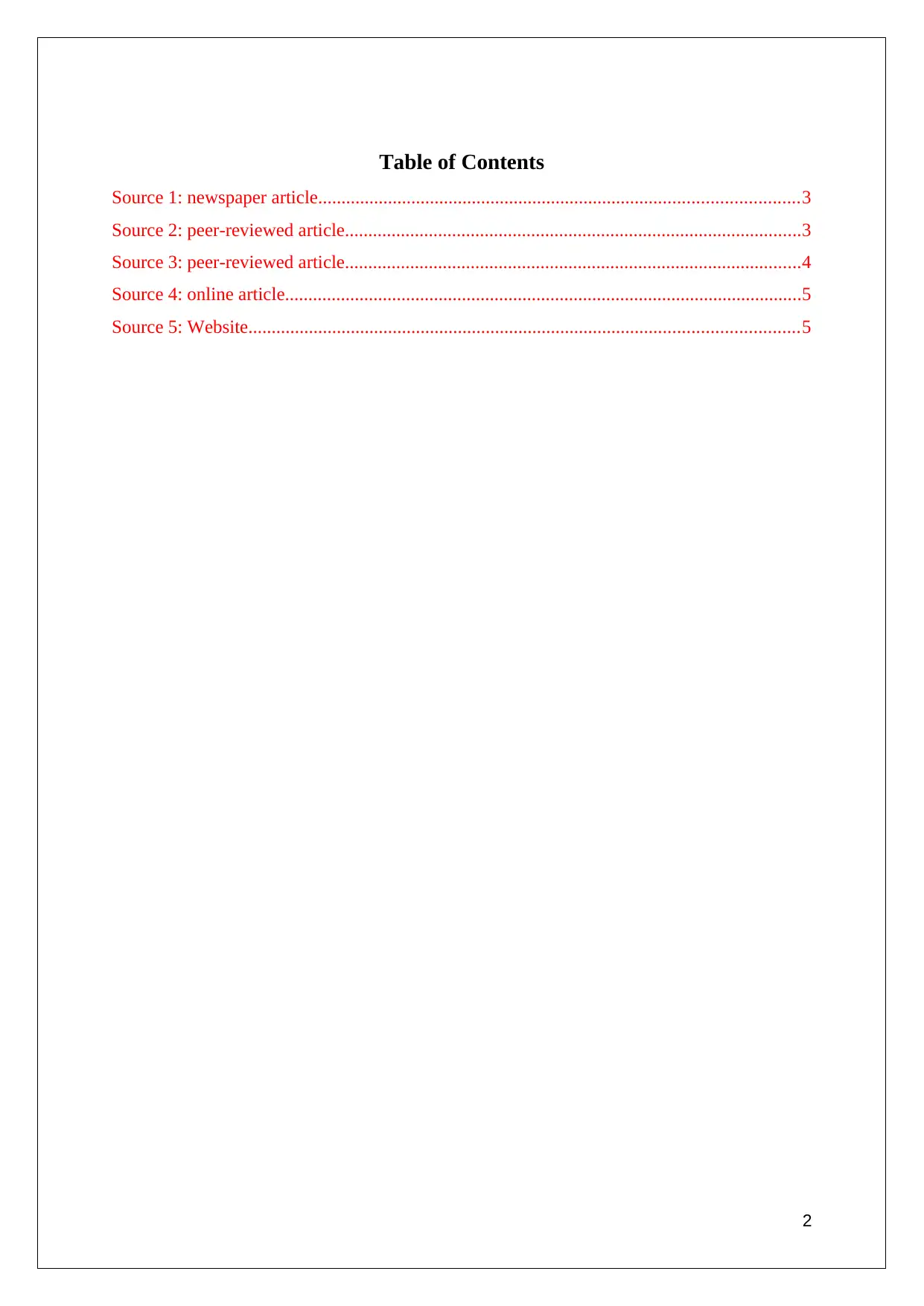
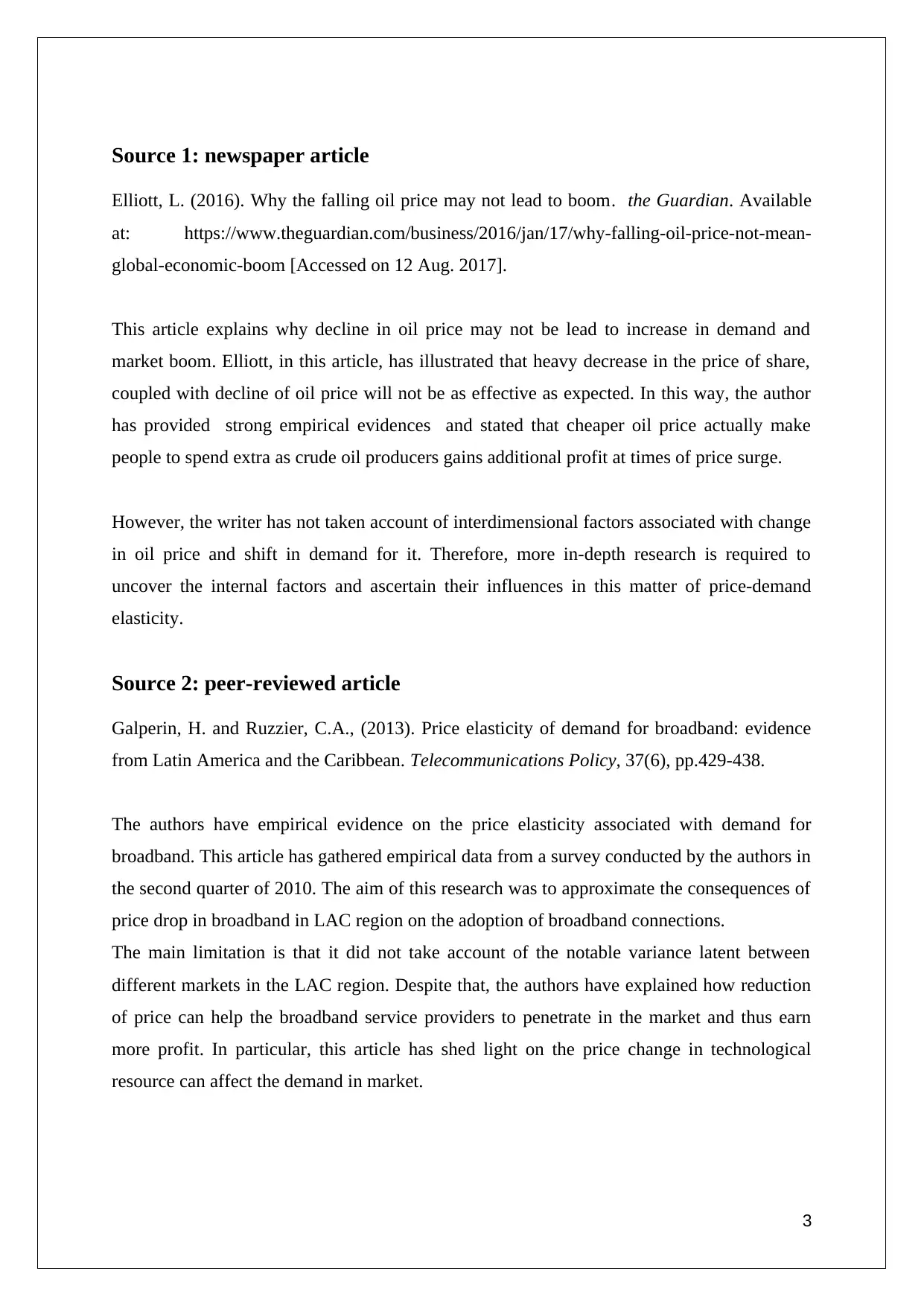

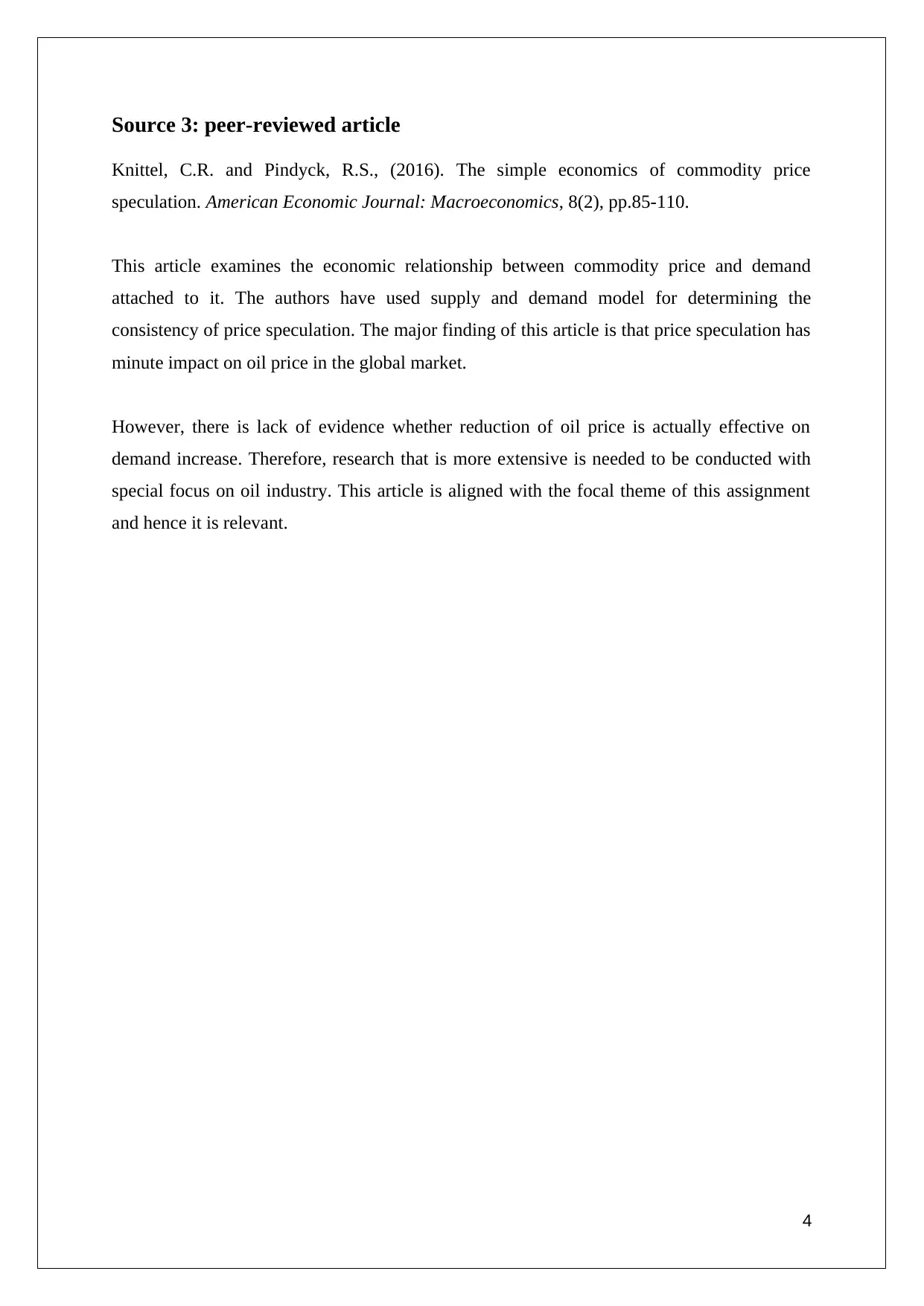
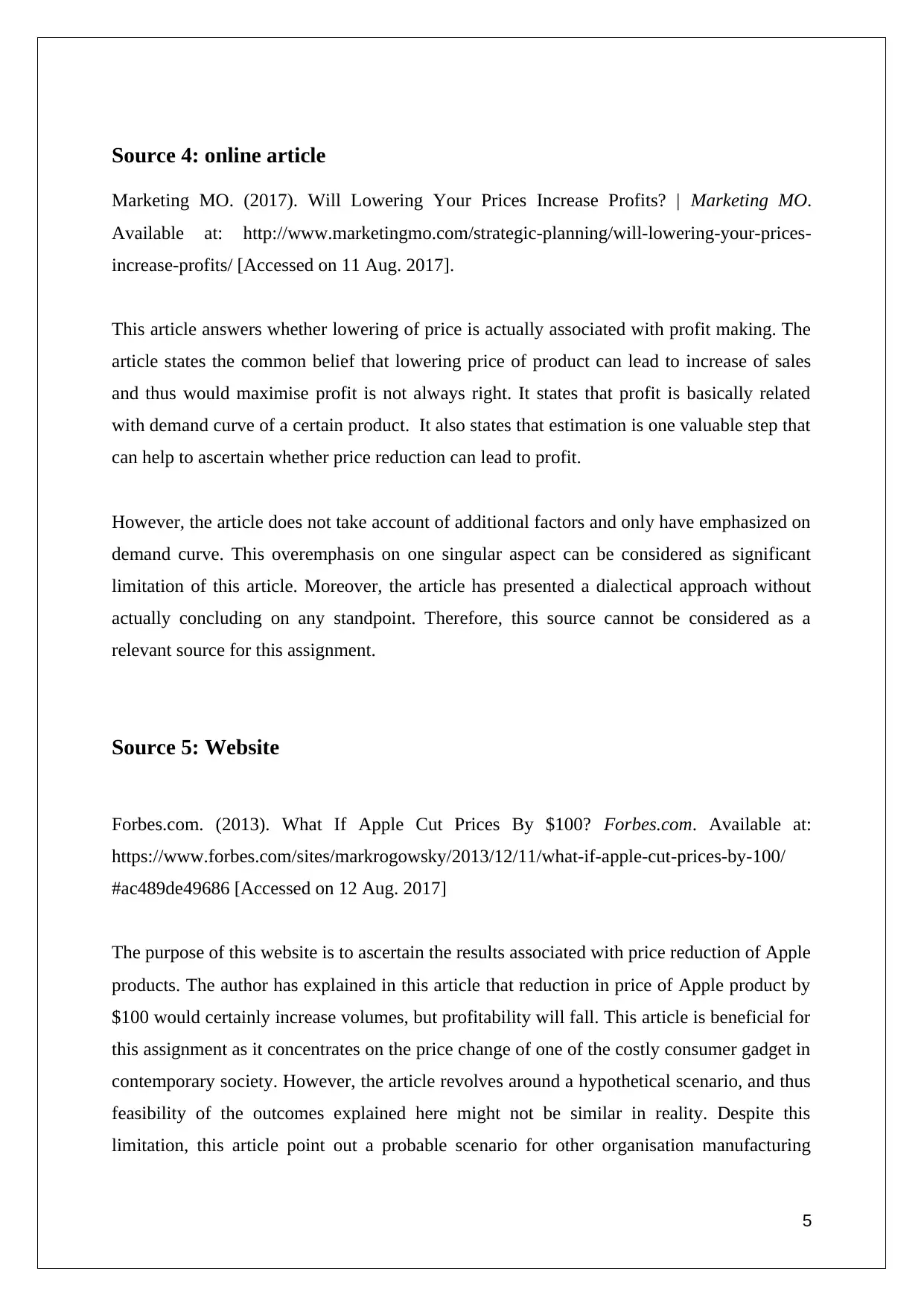
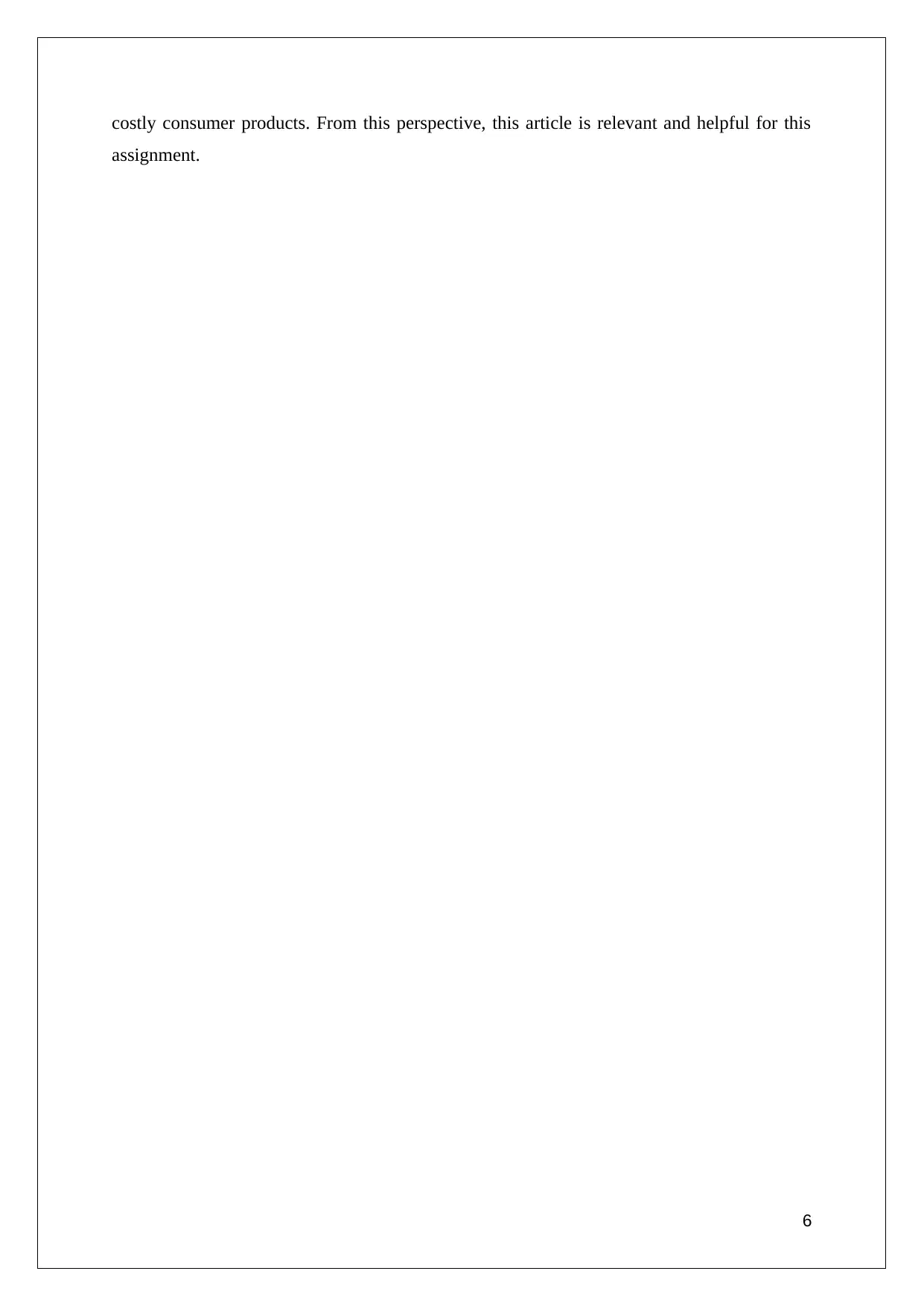
![[object Object]](/_next/static/media/star-bottom.7253800d.svg)